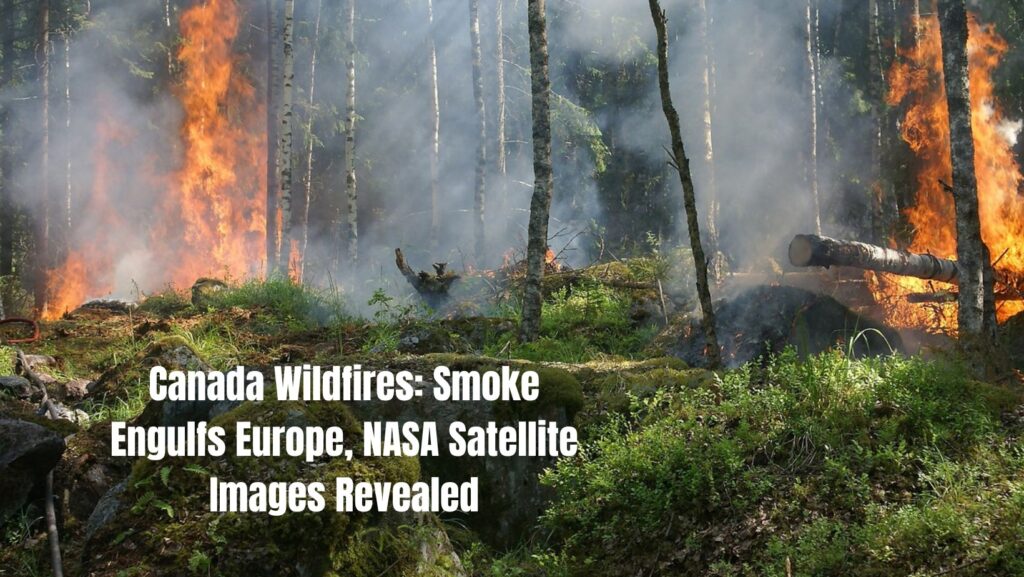In an unprecedented turn of events, Canada is currently battling its worst wildfire season in history. The smoke generated by these fires has traveled thousands of miles and crossed the Atlantic Ocean, blanketing western Europe. NASA, the American space agency, has recently released satellite images capturing the extent of this ecological disaster.
Canada Faces Its Worst Wildfire| Listen Podcast on Canadafire
Unprecedented Scale of Destruction
According to CNN, the wildfires in Canada have ravaged an astounding 18,688,691 acres of land. This year’s wildfire season has surpassed all previous records, making it the most catastrophic on record. The Canadian Interagency Forest Fire Centre (CIFFC) reports that the landmass burned in 2023 alone exceeds 17,559,303 acres, marking the highest figure since 1995.



